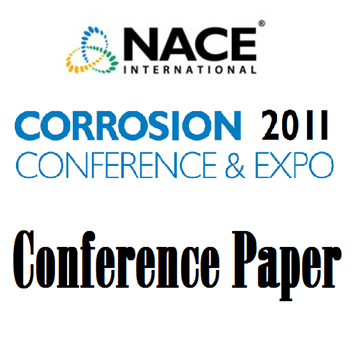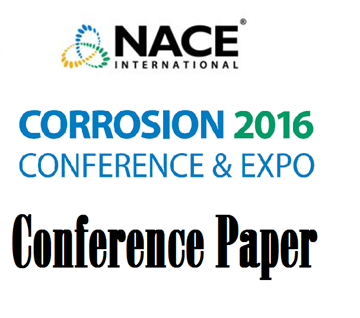Search
51316-7109-Marine Crevice Corrosion Of Stainless Steel Alloys Under Biofilmed And Sterile Conditions
Also Purchased
11351 The Corrosion of Superduplex Stainless Steel in Different Types of Seawater
Product Number:
51300-11351-SG
ISBN:
2011 11351 CP
Publication Date:
2011
$20.00
51316-7058-Galvanic Series in Seawater as a Function of Temperature Oxygen Content and Chlorination
Product Number:
51316-7058-SG
ISBN:
7058 2016 CP
Publication Date:
2016
$20.00
51316-7127-Flow Accelerated Corrosion of Carbon Steel Pipe Carrying Hot Condensate Water in a Chemical Plant
Product Number:
51316-7127-SG
ISBN:
7127 2016 CP
Publication Date:
2016
$20.00




